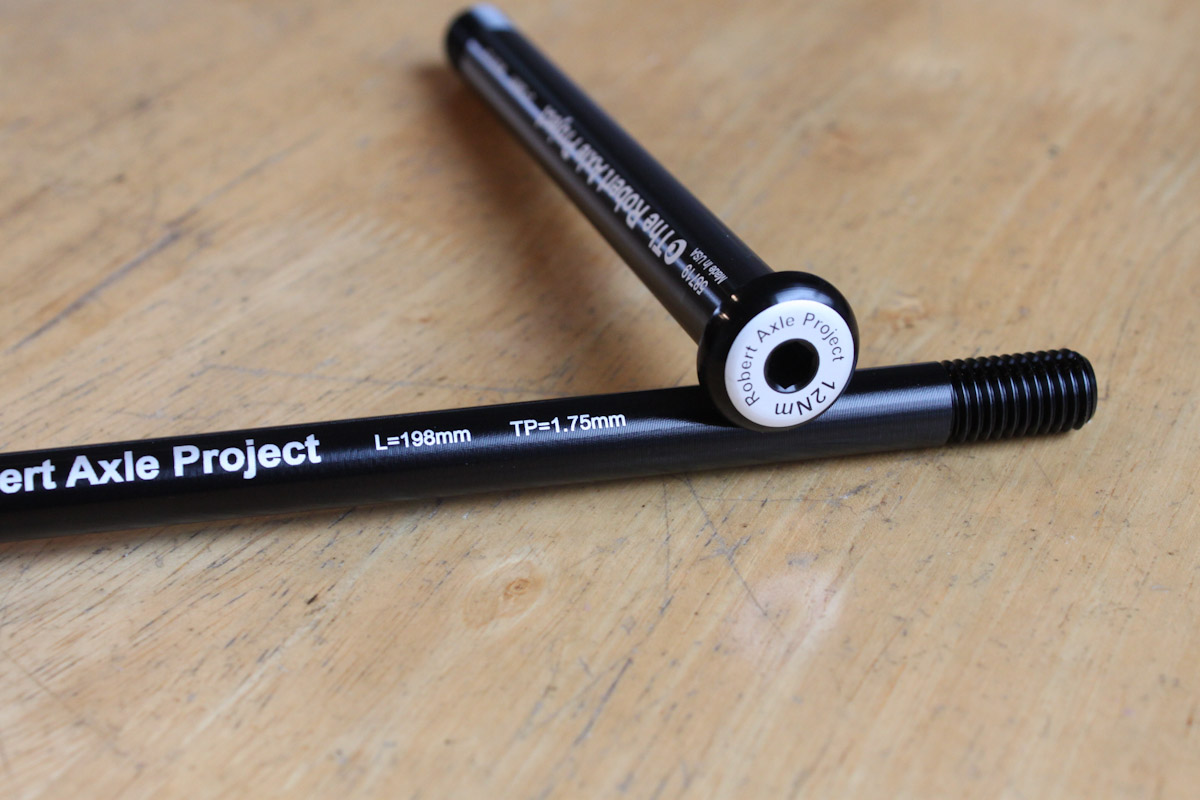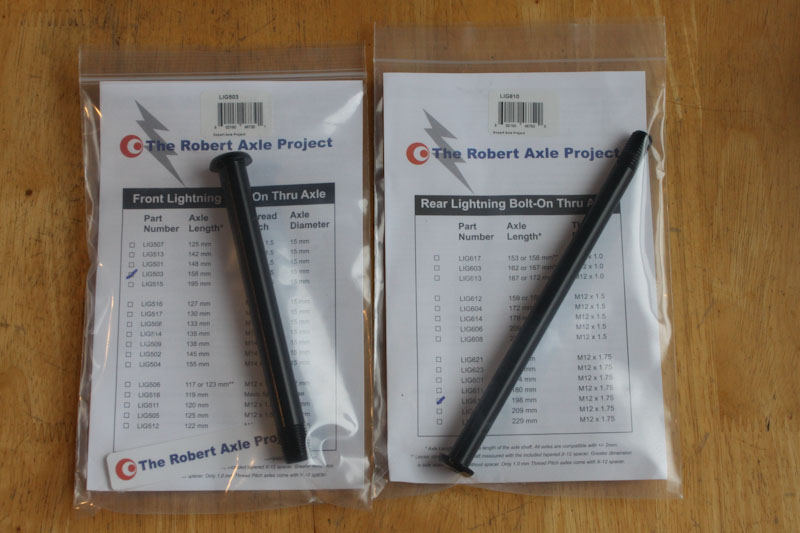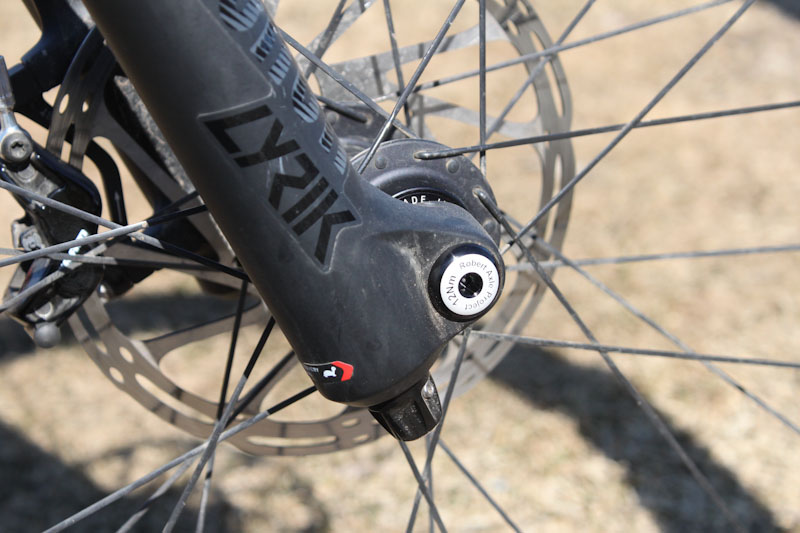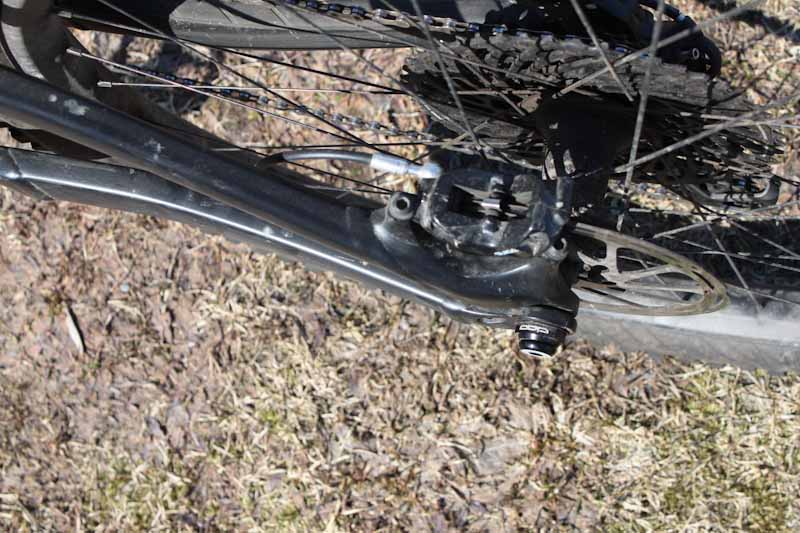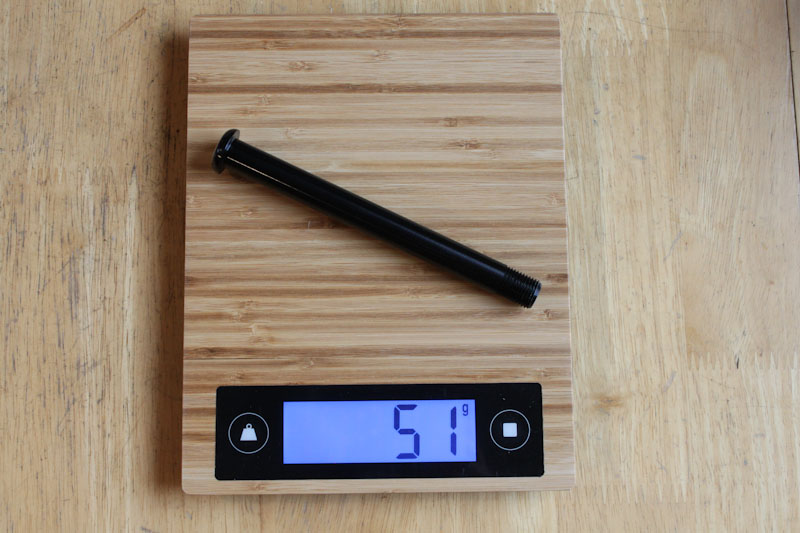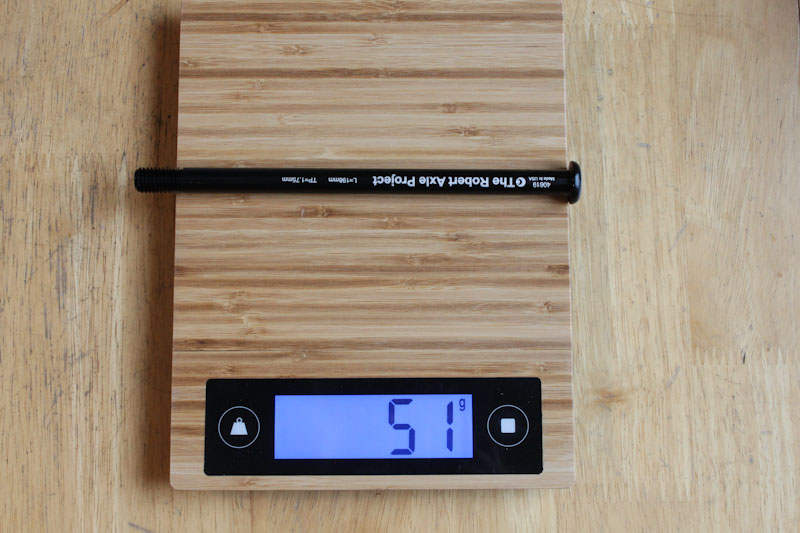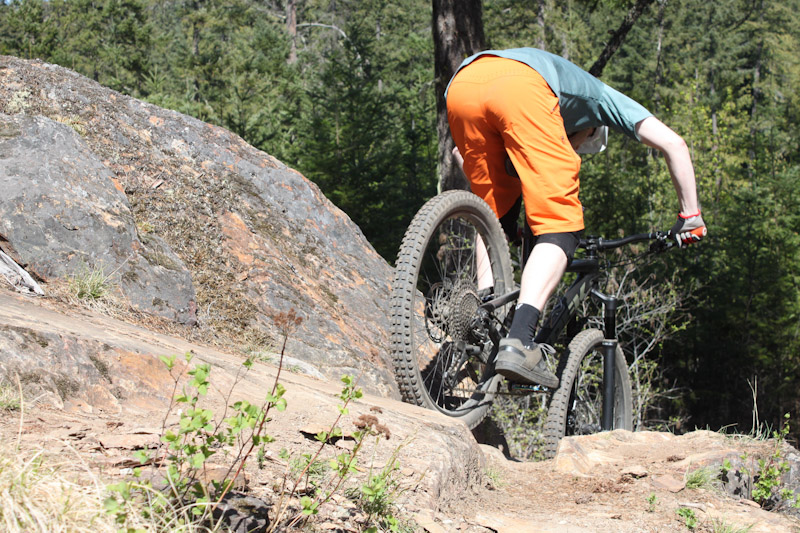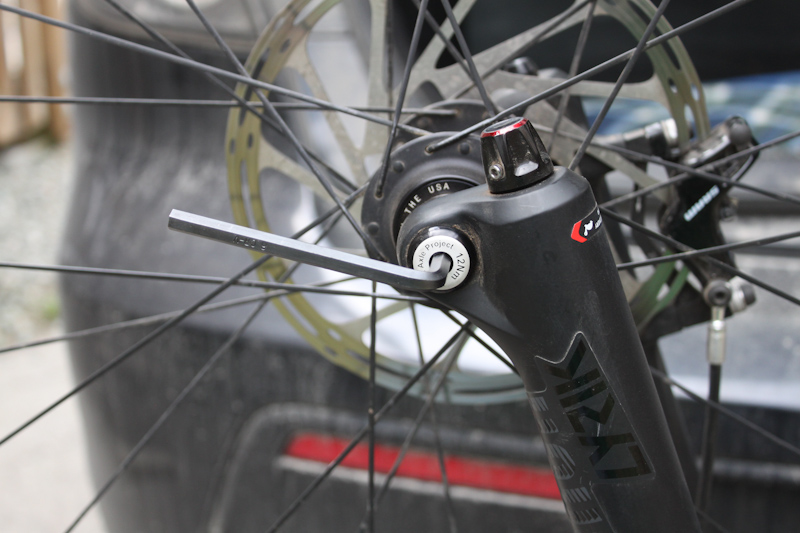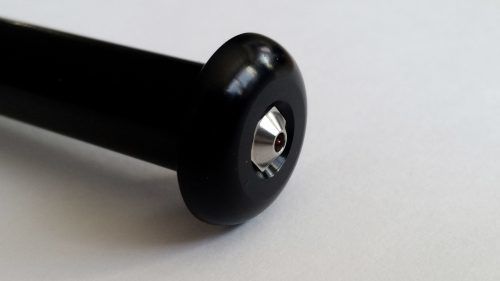If you’re looking to shave a few grams off your bike, or want to ditch those unsightly QR levers that you worry about damaging on tight trails, you might want to check out Robert Axle Project’s Lightning Bolt-On axles.
Early this spring I got a set of Lightning Bolt-On axles for my 2019 Trek Remedy, which was ideal for such a swap as both ends of the bike come stock with QR levers. I was curious to see how much weight I would save by removing my QR axles, and to see how much slimmer the bike would look without the levers at both wheels. Aside from aesthetics and weight savings, anyone who loses, breaks or damages a stock axle could look to R.A.P. simply for a replacement.
To figure out which axles will fit your bike, visit Robert Axle Project online and go to their Axle Finder. Just answer a few easy questions from their drop-down menus and the finder will indicate which axle(s) you need. The most technical thing you’ll need to know is your bike’s hub spacing.
My bike required the LIG503 front axle (15mm diameter, 158mm length, 15×1.5 thread pitch) and the LIG610 rear (12mm diameter, 198mm length, 12×1.75 thread pitch). Not only does R.A.P.’s simple packaging make all that key info clear, but the length, thread pitch and torque specs are also printed on the axles themselves. The Lightning Bolt-On axles are made from machined aluminum.
If you’re picky about aesthetics and want your bike to look lean and mean, the Lightning Bolt-On axles are very low-profile.
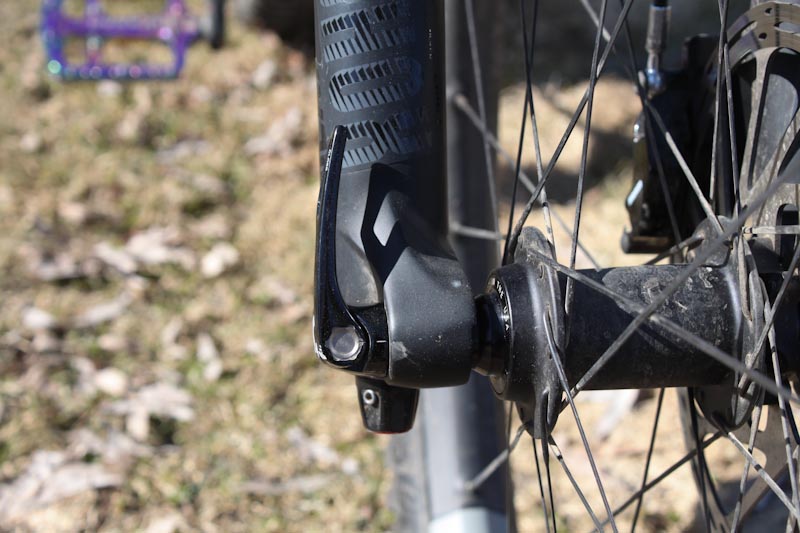
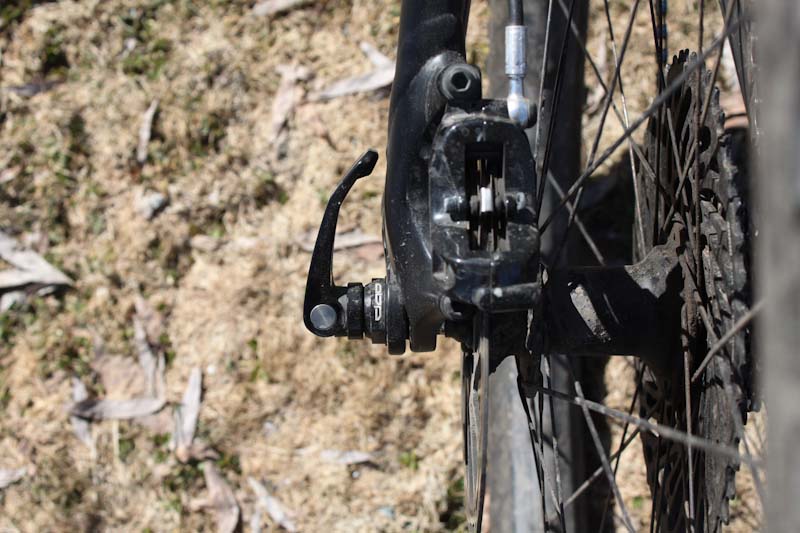
The pictures here show my front and rear ends before and after the swaps, and I’m sure some of you will think my Remedy looks better without the QR levers… and some of you might not care!
So how much weight did swapping both axles save me? The R.A.P. front axle weighs 51g, whereas the Rockshox Maxle I removed from my fork weighed 79g. The R.A.P. rear axle also weighs 51g, which nearly halves the weight of my stock 95g QR rear axle.
In total, I saved 72g. On my 31lbs trail bike this is insignificant, but if you’re trimming down an XC race machine and looking to shave every gram, the Lightning Bolt-On axles are probably worth a look.
Performance isn’t much of a factor with something as simple as an axle, but I’ll reassure you that mine fit my bike perfectly, have held tight, and haven’t suffered any kind of damage since I installed them. Not having QR levers does make me slightly less tentative about riding through tight rock passages like the one pictured above, but to be honest I’ve never broken a QR on the trail.
As for convenience, you are sacrificing some by ditching your QR’s. While riding these axles, I had to drive to the trailhead (I usually don’t have to, but due to Coronovirus-related closures, it’s far easier to drive for now). I typically throw my bike in my trunk, so I’ve been keeping an extra 6mm allen key in my car to get my front wheel on and off.
While I always ride with a multi-tool, and wouldn’t have issues removing a wheel on the trailside, the stock QR up front doesn’t require me to bring an extra allen key or dig one out of my bag every time the bike goes in and out of the car. If I have to drive to the trails for much longer, I’ll be putting my front QR back in.
If you live in a high-theft area or plan on travelling with your bike, you might want to know the Lightning Bolt-On axles can be purchased with Hexlox security systems pre-installed. You must request the Hexlox option while buying a new axle, so Robert Axle Project can press a magnetic sleeve inside. You’ll need one lock for each axle, and they cost $15-20 each on R.A.P.’s website (magnetic sleeve included).
Pricing varies by model, but for reference the LIG610 rear axle costs $48, and the LIG503 front sells for $42.
